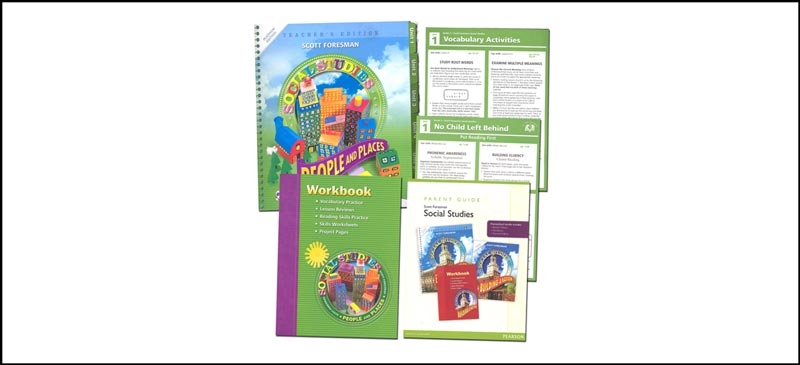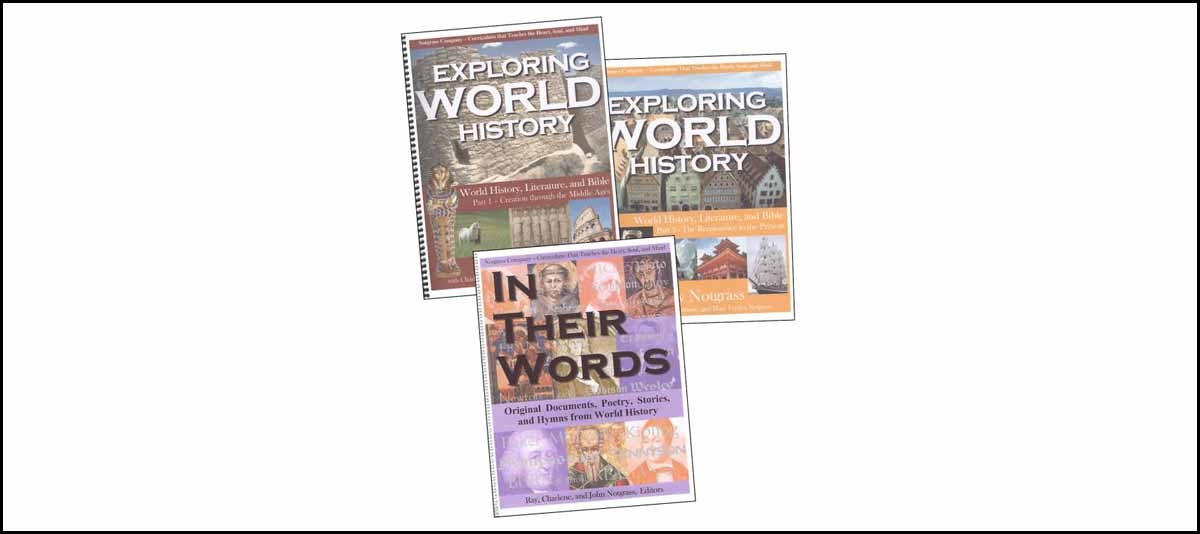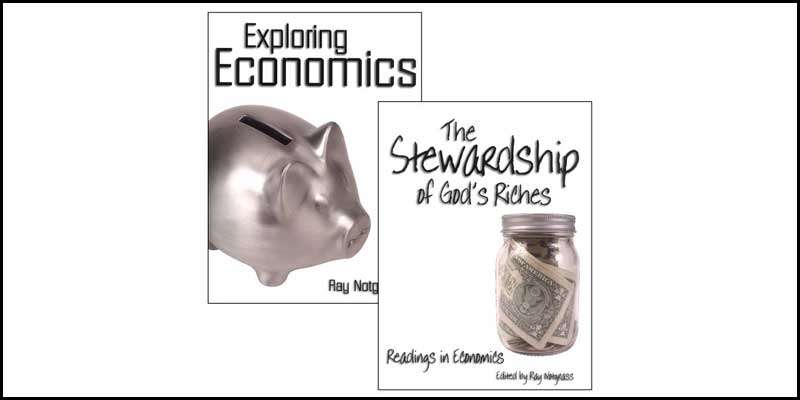 It’s history – and beyond! Starting where most courses leave off (with the data), Take a Stand! seeks to teach students how to start with one of the many debatable questions from history, gather information/data, analyze it, think about it critically, formulate an opinion, and be prepared and skilled at stating and defending it coherently. To accomplish those goals, the author has given both teachers and students an excellent step-by-step process taught through some very user-friendly manuals. This is one of those series that makes me want the opportunity for a homeschool “do-over.”
It’s history – and beyond! Starting where most courses leave off (with the data), Take a Stand! seeks to teach students how to start with one of the many debatable questions from history, gather information/data, analyze it, think about it critically, formulate an opinion, and be prepared and skilled at stating and defending it coherently. To accomplish those goals, the author has given both teachers and students an excellent step-by-step process taught through some very user-friendly manuals. This is one of those series that makes me want the opportunity for a homeschool “do-over.”
Designed as a teacher/student interactive course with a classical bent, the straight-forward nature of the skills progressions, the step-by-step process that the student is led through, the grading/evaluating helps that are provided for the teacher, and the thought-provoking nature of the essay questions create a learning atmosphere that will encourage and empower the student. There’s nothing like being challenged a little at a time, learning to accomplish each step in an intricate process of analysis that allows a student to both explore their own perspectives and to experiment with effective communication. As the author says, “creating a perspective with independent critical thinking is a lifelong skill.” And, somewhere along the way, history becomes relevant.
While each course has a single set of essay questions, there is parallel instruction in various aspects of social studies literacy skills and assignments can be completed at various levels. The author suggests building to three paragraph essays for 6th graders, five paragraph essays for 7th graders, and three to five page essays for high school students. The key word here is “build” and each step along the way becomes a useful assignment in its own right.
If you’re wondering exactly how to go about using these courses, I think there’s a lot of flexibility. First of all, they have a distinct multi-grade level aspect. You could use them as a supplement to both middle school and high school history courses – and with both ages at the same time responding to the same question. Or it could be used as the primary course for either level if you wanted to add sources of textual information, since the essay questions within the courses require a certain amount of research. Finally, the courses could be used independently with one time period or sequentially as a complete historical series.
These courses are designed for teacher-student interaction. No doubt a well motivated student would glean much from working through the student book on his own; however, the learning would be greatly enhanced by teacher input. Teacher preparation is minimal– it largely means being a sounding board and responding with prompts provided by the Teacher’s Edition. Even the grading is “manageable” with suggestions for focused grading and oh-so-helpful grading rubrics provided.
The Teacher’s Edition is a combination answer key and primer on social studies literacy skills. The bulk of this little manual is an exact replica of the student worktext with an important difference – answers! However, the real value in this manual is the teacher’s introductory information. There’s so much here! Starting with a brief introduction to the nature of the Take a Stand! courses, the “how to use” portion takes the teacher/writing mentor step by step through the process. Included is how to schedule the lessons, and an explanation of each step in the process, plus a wonderful section on grading the essays along with suggestions for making this easy on yourself. (Hint: you don’t have to grade the whole essay with every assignment; sometimes you can grade just the thesis statement, or the evidence used, or the conclusion.) The author provides an “explained” grading rubric (i.e., what does a score of “4” mean), as well as the different categories that should be graded (i.e., thesis, evidence used, evidence explained, conclusion, and pre-writing activities). Since it helps to have examples when you’re just learning how to grade certain types of essays/papers, the author kindly provides multiple samples along with grading notes for each. He also provides examples of one, three, and five paragraph essays. A nice plus is that although the general information in each of the Teacher’s Guides is similar, he has fully adapted each to the specific course, including the sample essays. As mentioned earlier, the bulk of each Teacher’s Guide is a replica of the Student’s worktext. Answers, when usable, are provided – and often can serve as talking points for discussion. These courses follow National and State Standards and a listing of both the social studies and the language arts standards covered in each essay/lesson are provided in the Teacher’s Guide.
The Student Worktext provides a fill-in-the-blank guide through the social studies literacy analysis skill-building of these courses. The essay questions each provide a small amount of background information, suggestions for terms the student will need to research and know, pre-writing activities which include taking notes, analysis of a particular aspect of the question, and suggestions/questions for class discussion and reflection afterwards. The lessons in the social studies literacy section include lessons on determining fact or opinion, assessing good or poor judgments, looking at supporting evidence, analyzing primary and secondary sources, using quotes, paraphrasing, constructing a thesis statement and conclusion, and constructing outlines and rough drafts for one, three, and five paragraph essays as well as topic and closer sentences. Lastly, there is coverage of revising, documenting sources in the text, and works cited as well as typing guidelines and cover pages. A follow-up section covers skills needed specifically for multi-page essays: thesis statements, counterarguments, analyzing primary sources, cause/effect, compare/contrast, and preparing outlines and rough drafts. Graphic organizers and a question format are used throughout. Grading rubrics are provided for one and five paragraph essays as well as for multi-page research essays.
It should be obvious that this is not a stand alone history course. I would suggest using it alongside an excellent spine such as the BJU history texts, Susan Wise Bauer’s texts for older students (History of the Ancient World, History of the Medieval World), Carson’s Basic History of the United States, or the amazing abundance of material available on the internet. The goal of the courses is to provide students with the skills and tools they need to think critically about history, to analyze historical documents, to formulate opinions and, most importantly, to be prepared to support and defend those opinions. Both the student and the parent/teacher/writing mentor are given the tools needed for this strategic development. TG’s are about 90 pgs and spiral-bound. Student books are about the same length, pb.
— Janice





